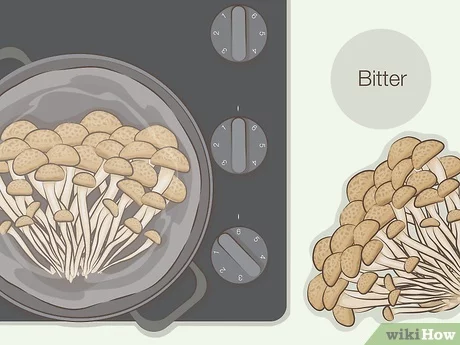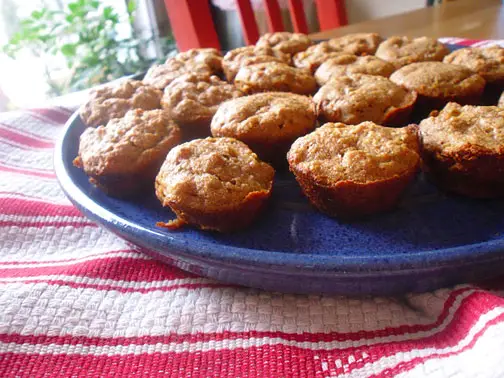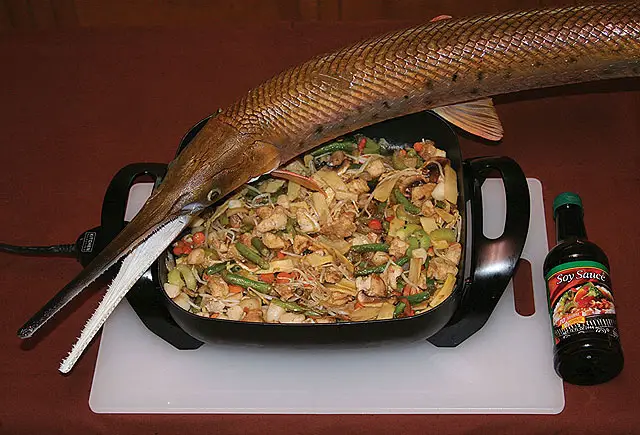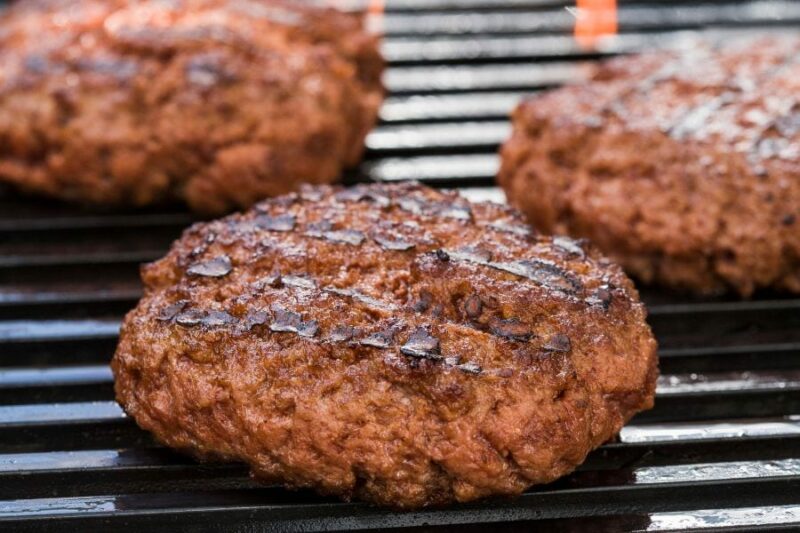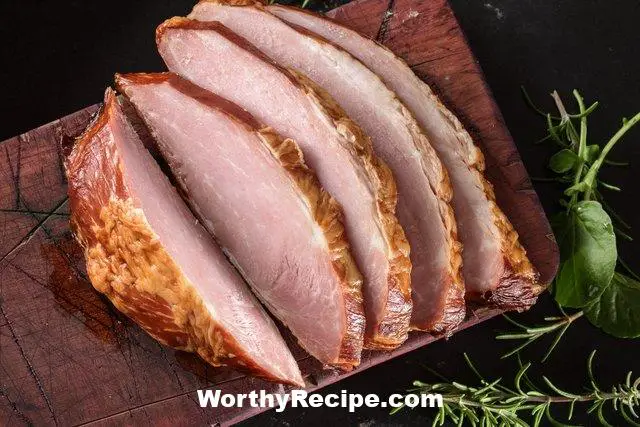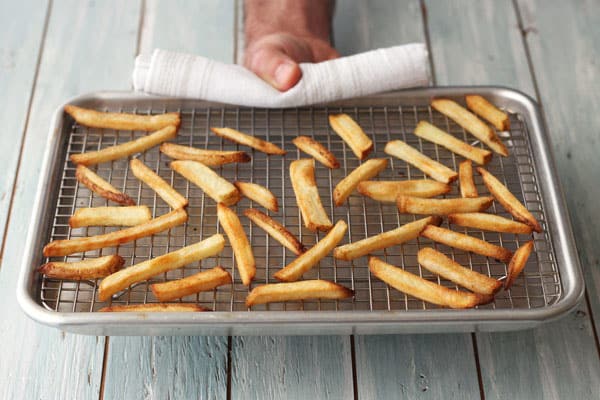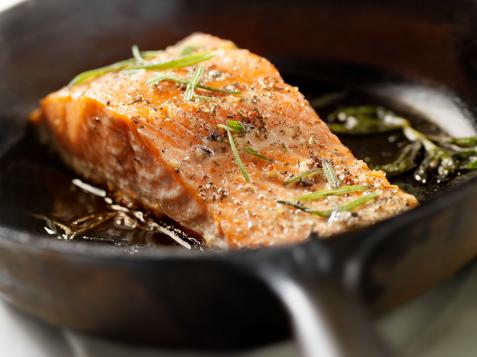The Ultimate Guide to Cooking Beech Mushrooms
Beech mushrooms are small, delicate fungi that have been gaining popularity in recent years for their mild, nutty flavor and meaty texture. These mushrooms are versatile and can be cooked in a variety of ways, making them a perfect addition to many recipes. In this ultimate guide to cooking beech mushrooms, we’ll cover everything you need to know about buying, storing, preparing, and cooking these delicious fungi.
Introduction
Beech mushrooms are a type of edible mushroom that is native to East Asia. They are also known as shimeji or brown beech mushrooms and are available in different varieties, including white, brown, and black. They have a delicate taste, which makes them an excellent choice for adding flavor to dishes without overpowering other ingredients.
Cooking beech mushrooms is easy and can be done using different methods such as sautéing, roasting, grilling, boiling/simmering, or even microwaving. The method you choose depends on the recipe you’re making and your personal preferences. In the next sections of this guide, we’ll take a closer look at each step involved in cooking beech mushrooms.
Buying and Storing Beech Mushrooms
When buying beech mushrooms at the market or grocery store, look for firm caps and a fresh smell. Avoid any packages with discoloration or sliminess – these could indicate that the mushrooms are past their prime.
To store them correctly, you’ll need to keep them dry and refrigerated. If the mushrooms come packaged in plastic wrap or on a Styrofoam tray with plastic overwrap from the store then leave them in the original packaging until ready to use and then rinse gently under cold running water just before using them. If you have loose beech mushrooms from a farmers market or other source, wrap them in a dry paper towel to absorb excess moisture and store them in an open plastic container or zipper bag in the fridge. They can be stored this way for up to five days. Don’t forget that mushrooms are living organisms and breathing, so they need access to fresh air.
Preparing Beech Mushrooms for Cooking
Before cooking, beech mushrooms must be properly cleaned and trimmed. Gently rinse the mushrooms under cold running water to remove any dirt or debris, shake off any excess water, place on a cutting board and then trim off the stem-side butt whether whole or sliced. Then crush or gently pull apart each stem and cap of each cluster into smaller, bite-sized pieces for easy cooking.
If you’re roasting your mushrooms, you don’t have to worry about drying them before placing them on your baking sheet as some moisture is beneficial in creating browning (umami flavors) while roasting. Tip: watch for peeling caps on dried garden shimeji as they may require a very short soak in hot water until pliable.
Popular Recipes with Beech Mushrooms
The versatility of these fungi makes them suitable for different types of recipes. Here are some popular recipes that you can try using beech mushrooms:
Stir-fried Beech Mushroom Recipe with Garlic and Soy Sauce:
This simple yet flavorful recipe is perfect for a quick meal. Start by sautéing garlic in hot oil, then add your mushrooms to the pan with a drizzle of soy sauce for extra umami flavor.
Creamy Pasta with Sautéed Beech Mushrooms:
Use your favorite pasta noodles, but you’ll have added depth of character with lightly browned garlicky shimeji adding texture contrast to a silky béchamel sauce.
Vegan Beech Mushroom Soup Recipe:
With vegetable stock and sautéed beech mushrooms blended into puree, this thick and creamy soup will warm you up on a chilly day.
Grilled Beech Mushroom Skewers with Herbs and Olive Oil:
Thread the whole beech mushroom clusters onto skewer sticks, brush lightly with olive oil, sprinkle with your choice of herbs or garlic salt, and grill to perfection.
Cooking Methods for Beech Mushrooms
Now that you know some of the popular recipes using beech mushrooms, let’s dig deeper into five different cooking methods: sautéing, roasting, grilling, boiling/simmering, and microwaving.
Sautéing
Sautéing is one popular way to cook beech mushrooms. To create perfectly sautéed mushrooms, heat a non-stick pan over medium-high heat until it’s hot then add about a tablespoon of neutral cooking oil like olive oil or grapeseed oil. Add your sliced or bite-sized beech mushrooms to the pan button side down as much as possible to create maximum contact with the bottom of the pan. Cook for 2-3 minutes on both sides until they’re golden brown. Toss in some garlic or herbs at the end of cooking just before taking them off the heat. Sautéed mushrooms can be served alone as a quick snack or used as an addition to many other dishes such as pasta sauces or sizzling stir-fries.
Roasting
Roasting is another great way to cook these fungi and it’s quite simple too! Preheat your oven to 425°F and place your prepared shimeji on a baking sheet lined with parchment paper. Coat lightly with olive oil spray and salt & pepper if desired. Roast for approximately 10-12 minutes until they start to show golden brown edges. Roasted mushrooms are delicious alone or served with any protein dish as a side.
Grilling
Grilling beech mushrooms is also a lovely way to bring out their smoky flavors. You’ll need skewers, bamboo or stainless-steel should work fine. Thread them onto the skewers (stem side first), drizzle olive oil on top and add salt or other seasonings you love (rosemary, garlic, or soy sauce) and place directly over the hot grill. Grill for 5-7 minutes under direct heat until they’re charred on the outside and tender inside. Be careful not to overdo them, so they don’t become too dry.
Boiling/Simmering
Boiling/simmering is a great method if you plan to use your shimeiji in soups or stews but still want to enjoy their mushroomy tastes. Bring a pot of salted water to a boil then toss in your mushrooms until they’re tender — usually around 3-5 minutes; relatively fast compared to many other forms of cooking these delicate fungi. Drain well and serve with some scallions or chives on top. An additional step is an optional quick browning in butter with herbs after boiling for added depth of character before serving.
Microwaving
Microwaving beech mushrooms is the fastest way to get these delectably cooked! Put your prepared slices into a microwavable dish with up to 2 tbsp of water or broth, cover it with microwave-safe lid or wrap tightly with plastic wrap – remember pierce at least once before microwaving! Microwave for one minute then stir, adding seasoning (salt/pepper/garlic) and continue microwaving in batches until fully cooked through.
Nutrition Facts and Health Benefits of Beech Mushrooms
Aside from their mild and nutty flavor, beech mushrooms are also a valuable source of nutrients. They contain vitamins B and D, potassium, phosphorus, protein, fiber, and iron along with some antioxidants (ergothioneine) and natural compounds (beta-glucans). Studies indicate that consuming these fungi may provide health benefits such as improved digestion, immunity, skin health, and blood sugar control.
Frequently Asked Questions about Beech Mushrooms
Q: Can I eat raw beech mushrooms?
A: While technically you can eat raw beech mushrooms as they don’t pose a significant threat to human health. For better flavor and digestibility — cooked shimeji is the most highly recommended form for consumption.
Q: How can I tell if my beech mushrooms have gone bad?
A: It’s essential to throw away any shimeji that looks slimy or has any bad odors (vinegar or ammonia is the most common smell). You need to remember that these foods could cause foodborne illness when the fungi break down into toxins during decomposition.
Q: How many servings do I get from one pack of beech mushrooms?
A: One package of Beech mushrooms weighing around 100-170 g can serve approximately two to four servings. These measurements are considered appropriate for pasta dishes or side dishes like roasted mushroom-chicken spread on top of rice.
Q: Are beech mushrooms gluten-free?
A: Yes! Beech mushrooms are gluten-free — nothing added in their natural state!
Conclusion
There are many ways to enjoy cooking beech mushrooms, from stir-frying with soy sauce to grilling inside skewers with olive oil and herbs. When buying them fresh or dried, take care to store and prepare them correctly to bring out their unique flavors. Beech mushrooms provide valuable nutrients and loads of health benefits too. Give these fungi a try in your kitchen, and you won’t regret it!
How do I prepare beech mushrooms for cooking?
To prepare beech mushrooms, simply clean and trim the stems if necessary. You can then chop them up or leave them whole for cooking. They are versatile and can be used in a variety of dishes.
What’s the best way to cook beech mushrooms?
Beech mushrooms are great sautéed or roasted. For sautéing, heat oil in a pan and add the mushrooms. Cook until they release moisture and turn tender. For roasting, toss with oil and seasonings, then roast in the oven until crispy.
Can I eat beech mushrooms raw?
Yes! Beech mushrooms have a delicate flavor that is great for salads or as a garnish on top of dishes. They are also delicious grilled or roasted.
Where can I find fresh beech mushrooms?
You can find fresh beech mushrooms at your local farmer’s market or specialty grocery store. They are often available year-round and can also be ordered online from various retailers.
